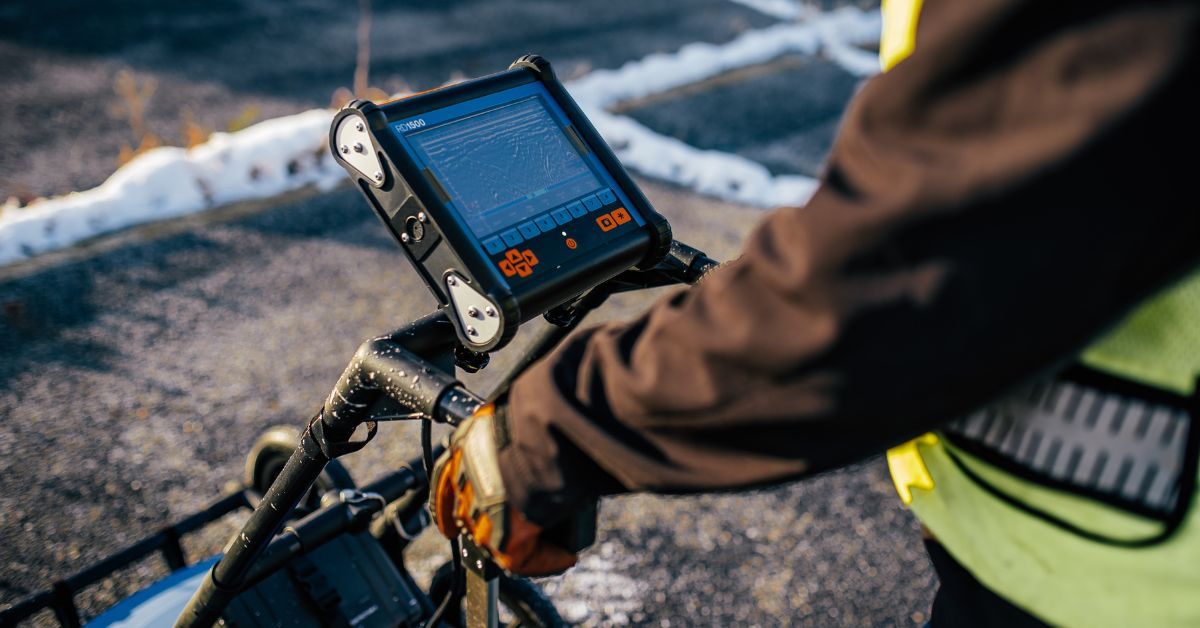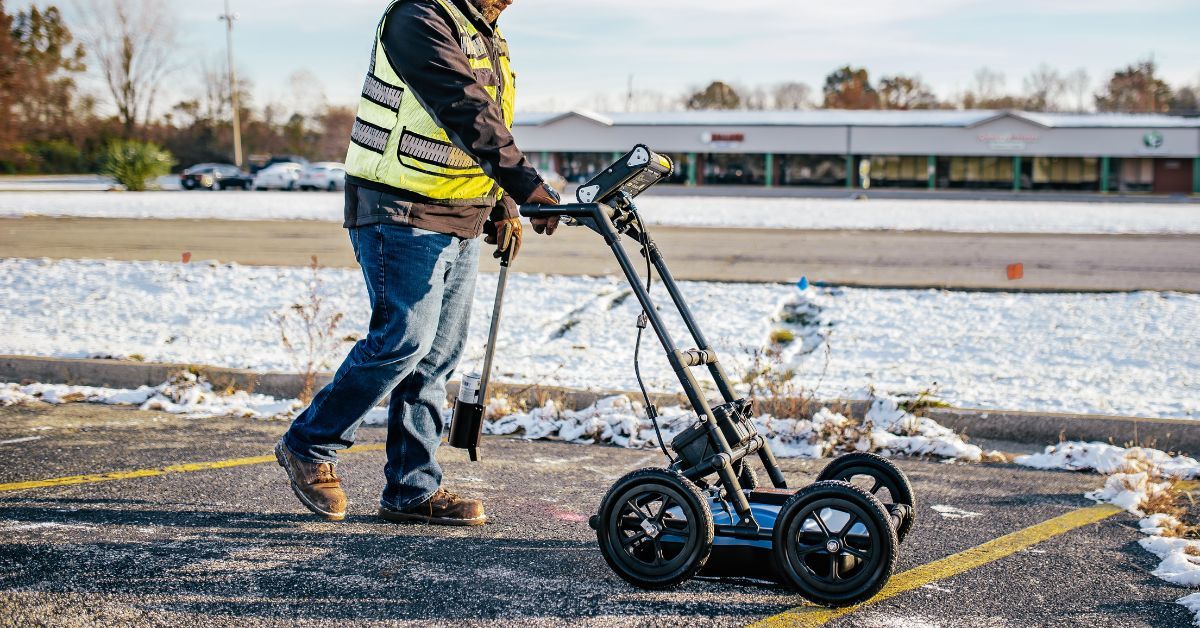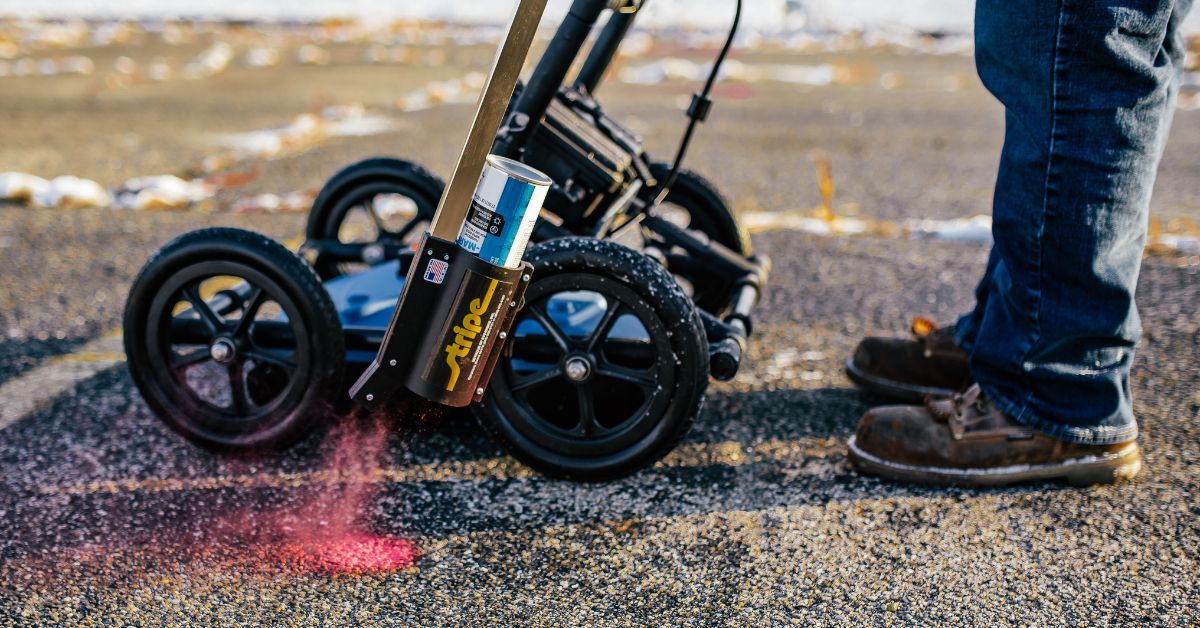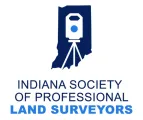
Ground penetrating radar (GPR) is a breakthrough in subsurface detection technology. This advanced system enables construction professionals to identify known and unknown utilities beneath the surface, preventing costly damage and ensuring project safety.
Understanding ground penetrating radar provides valuable insight into why this technology has become essential for construction projects, environmental assessments, and infrastructure development. In this guide to how ground penetrating radar works, we'll take a closer look at its technical foundation and how it compares to electromagnetic technology.
The Technical Foundation of GPR
Ground penetrating radar operates through a sophisticated process of energy transmission and signal analysis. The system sends controlled pulses of electromagnetic energy into the ground through a specialized antenna. These energy pulses travel through subsurface materials at varying speeds, depending on the composition and density of the materials encountered.
When the transmitted energy encounters objects or materials with different electrical properties, the signals reflect back to the surface. The GPR antenna records these reflected signals, measuring both their strength and the time for their return. This data creates a detailed picture of subsurface conditions and identifies the location of buried objects.
The computer system processes the reflected signals and stores the information on digital media. Subsurface variations create distinctive reflection patterns that trained technicians can interpret to identify materials and structures.

GPR vs. Electromagnetic Technology
The other common method for detecting buried infrastructure and utilities is electromagnetic locating. Electromagnetic technology detects electrical signals that a current flow produces, making it effective for identifying metallic utilities that carry electrical signals that transmitters can trace.
Electromagnetic technology is excellent for locating known buried utilities, such as electric and natural gas lines. GPR provides superior detection capabilities for unknown utilities and non-metallic objects. While electromagnetic technology relies on electrical conductivity, GPR detects ground disturbances and material variations regardless of whether the buried objects conduct electricity. This fundamental difference makes GPR essential for comprehensive utility locating services.
Comprehensive Detection Approach
The combination of electromagnetic and GPR technology creates a comprehensive detection system that addresses the limitations of each method. Mason Private Locating technicians begin with electromagnetic locating to confirm known utilities, then use GPR to scan for unknown objects and verify the completeness of their findings. This dual-technology approach thoroughly covers construction sites and reduces the risk of encountering unexpected utilities during excavation.
GPR's Advanced Capabilities and Detection Range
Ground penetrating radar demonstrates exceptional versatility in detecting various types of underground objects. The technology successfully locates metallic targets, such as steel pipes, electrical conduits, and reinforcing bars. More importantly, GPR excels at finding non-metallic objects, including plastic pipes, fiberglass conduits, and concrete structures.
The system identifies materials based on their dielectric properties rather than their electrical conductivity. GPR can detect plastic water lines, PVC sewer pipes, fiber optic cables, and other non-metallic utilities that electromagnetic methods cannot locate. The technology also identifies void spaces, geological features, and areas of disturbed soil that may indicate previous excavation or utility installation.
Material Detection Specifications
GPR technology detects objects of various materials, including plastics, cement, fiberglass, and ceramic. The system can locate irrigation lines, septic tanks, underground storage tanks, and foundation elements.
The depth penetration of GPR surveys varies depending on soil conditions and the frequency of the transmitted signals. Optimal performance occurs in dry sandy soils or solid materials like granite, where the system can detect objects up to 25 feet deep. Clay soils and areas with high moisture content may limit detection depth, but the system remains effective for most utility-locating applications.
Safety Considerations and Health Standards
Ground penetrating radar operates safely around people and sensitive equipment. The technology emits extremely low-power electromagnetic signals, approximately one percent of the power that cellular phone signals produce. This minimal power output eliminates health concerns for operators and bystanders during scanning operations.
The non-invasive nature of GPR makes it suitable for use in occupied buildings, near sensitive electronic equipment, and around medical facilities. Some subsurface investigation methods are invasive, but GPR does not require drilling, digging, or the use of hazardous materials.
Operational Safety Benefits
The safety advantages of GPR extend beyond the equipment itself to the construction process. By accurately identifying underground utilities before excavation begins, GPR prevents accidental strikes that could cause injuries, service interruptions, and environmental damage. The technology supports comprehensive safety planning and helps construction teams avoid hazardous situations.
MPL technicians complete safety training specific to GPR operations and utility locating procedures. They can safely operate equipment and accurately interpret subsurface data while maintaining the highest safety standards throughout the locating process.
Real-Time Results and Immediate Analysis
Another advantage of GPR technology is that it provides immediate results that support rapid decision-making on construction sites. MPL technicians complete scans and provide preliminary analysis in real time, eliminating delays from off-site data processing. Immediate feedback allows construction teams to proceed with confidence or modify their plans based on newly discovered utilities.
The ability to provide instant results distinguishes professional GPR services from methods that require laboratory analysis or extended processing times. Construction teams benefit from this immediate data availability, and project managers can make decisions without waiting long for detailed reports.

GPR Applications Across Industries
Now that we've had a closer look at how ground penetrating radar works, we can examine its applications across many industries. As a ground penetrating radar company, MPL has experience employing GPR technology for construction sites, environmental engineering projects, and more.
Commercial Construction
GPR is essential for identifying existing utilities at commercial construction sites before laying new foundations or disrupting underground infrastructure. This prevents delays and safety risks from unexpected utility encounters and supports smooth and efficient project completion.
Environmental Consulting
Environmental consulting firms rely on GPR to locate underground storage tanks, investigate contaminated sites, and map subsurface features. Since GPR is non-invasive, it minimizes the risk of spreading contamination during environmental investigations, offering a safer alternative to drilling or excavation.
Municipal Infrastructure
Municipal infrastructure projects benefit from GPR when upgrading water systems, installing utilities, or maintaining existing infrastructure. By providing a clear understanding of the underground utility network beneath city streets, GPR supports engineers in planning and executing upgrades or new installations.
Military, Airports, and Industrial Facilities
Military installations, airports, and industrial facilities use GPR for security investigations, infrastructure maintenance, and construction projects. The technology provides precise maps of underground utilities, aiding facility management and ensuring safe planning for future expansions or modifications.
Forensic and Archaeological Applications
GPR is invaluable for grave mapping and locating victims and bodies in forensic investigations and archaeological work. It detects soil disturbances from digging and refilling graves, making it a critical tool for law enforcement and archaeologists alike.
Ensure Project Success & Safety With MPL's GPR Services
The integration of GPR into utility locating services is a major step forward in construction safety and efficiency. MPL combines electromagnetic technology to confirm known utilities with advanced GPR capabilities and detect hidden or unknown structures.
With precise and reliable detection, MPL's GPR services ensure safer, more efficient project completion while reducing delays and errors. Contact Mason Private Locating today to learn how our advanced GPR technology can support your next construction project.













